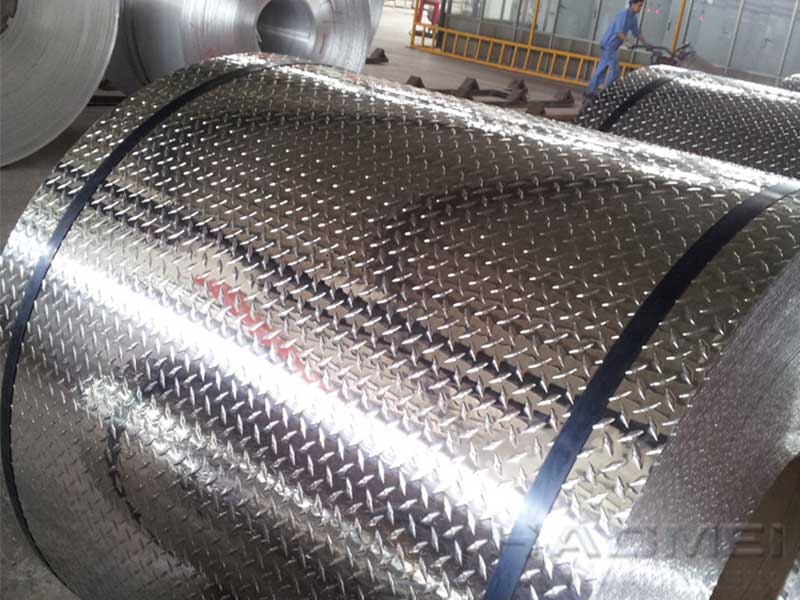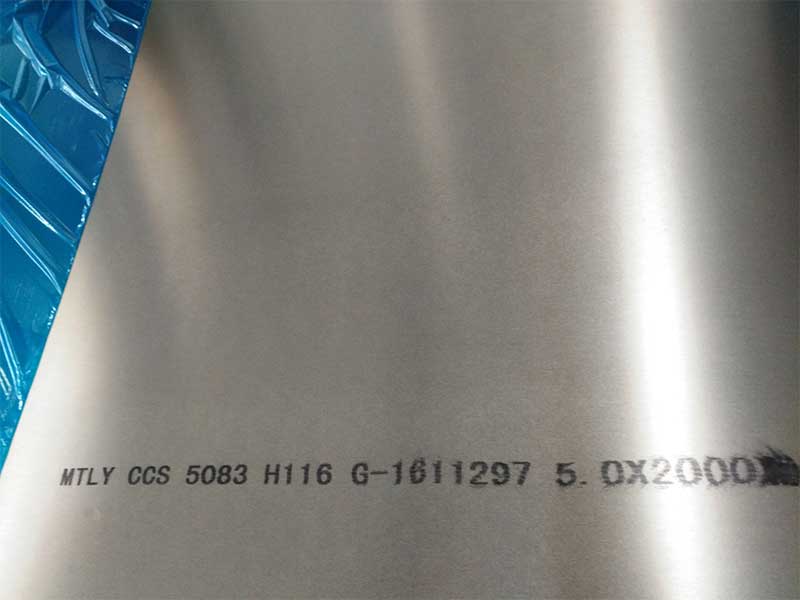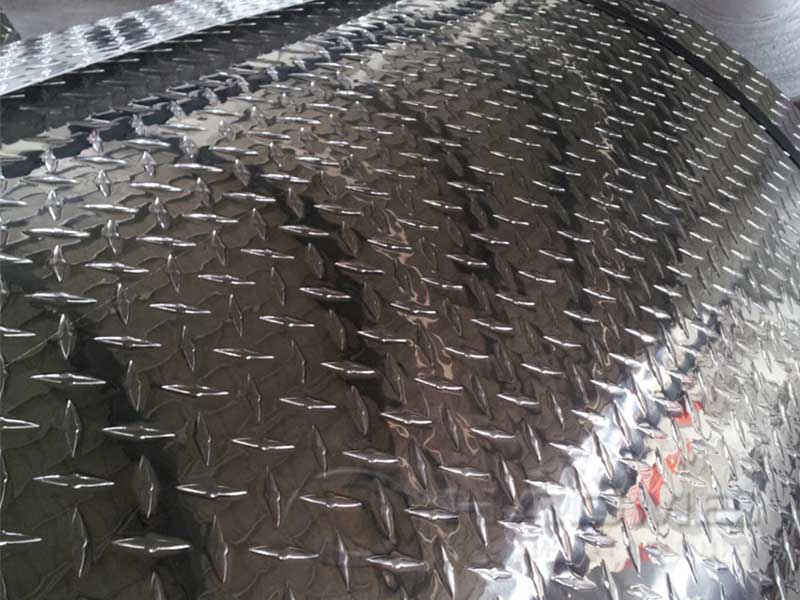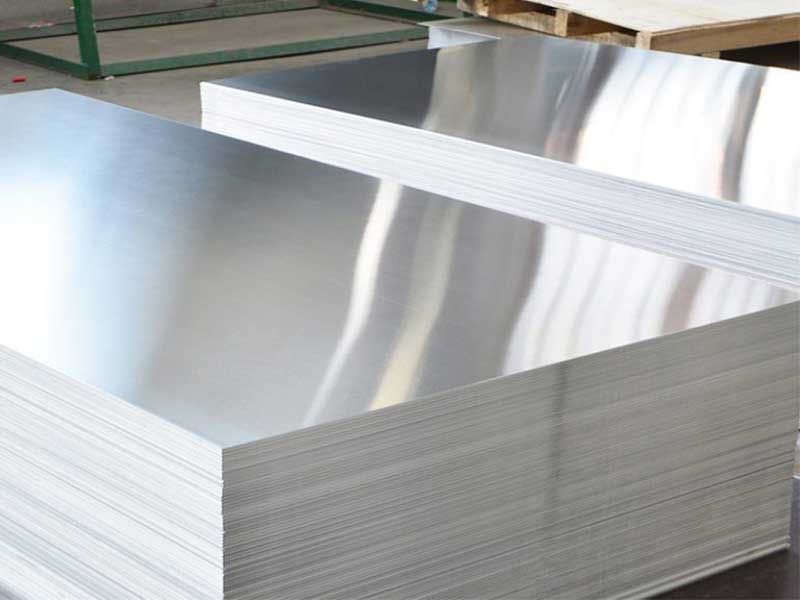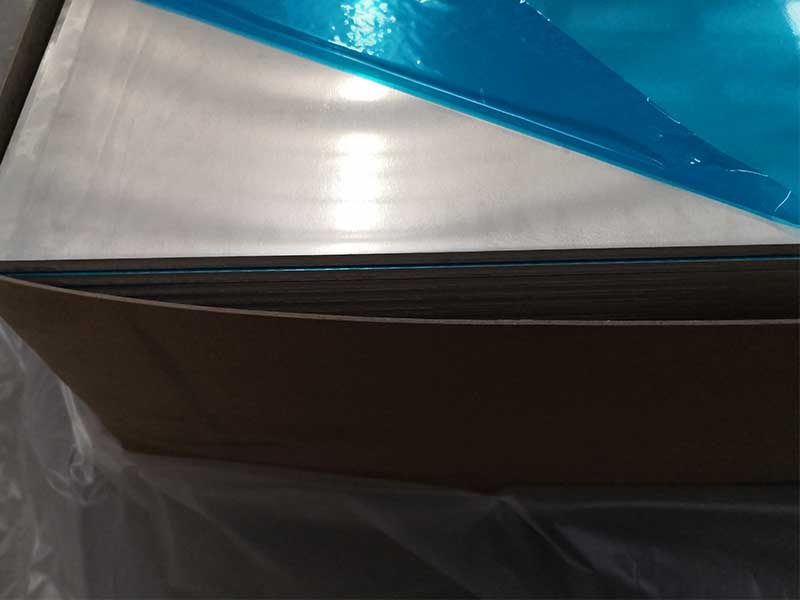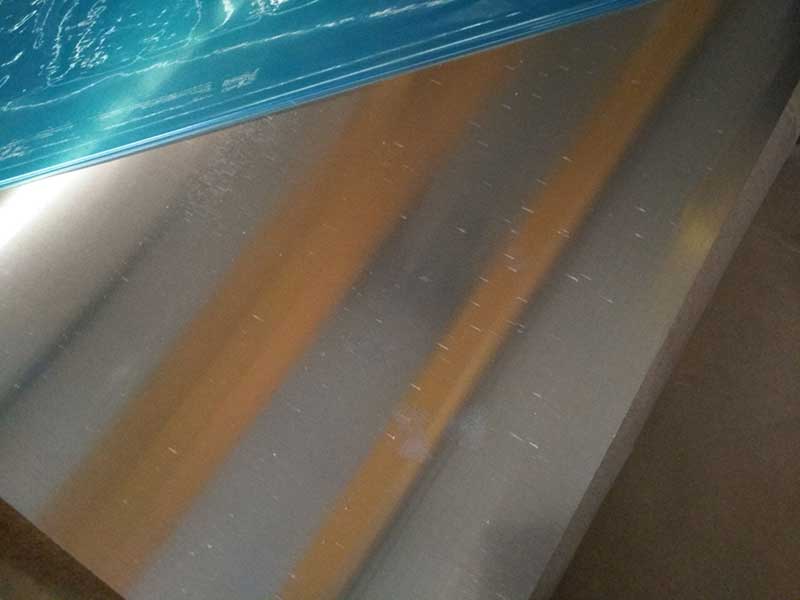2024-09-21 https://www.aluminum-coils.com/a/aluminum-sheet-gauge.html
When it comes to working with aluminum sheets, understanding the concept of gauge is essential. Aluminum sheet gauge refers to the thickness of the sheet, which is critical for determining its strength, weight, and overall suitability for various applications. In this article, we delve into the intricacies of aluminum sheet gauge, helping you make informed decisions for your next project.
What is Aluminum Sheet Gauge?
The aluminum sheet gauge is a numerical measurement that indicates the thickness of the aluminum sheet. In the United States, gauge measurements use a system where a lower number represents a thicker sheet. For example, a 10-gauge aluminum sheet is thicker and heavier than a 20-gauge sheet. This system is linked to the manufacturing process, where sheets are progressively rolled down to thinner profiles.
Understanding Gauge Numbers
The most commonly used gauge numbers for aluminum sheets range from 8 gauge (0.164 inches) to 32 gauge (0.008 inches). Here's a more detailed breakdown of some typical aluminum sheet gauges:
- 16 Gauge (0.0598 inches): Commonly used for applications that require moderate strength and weight considerations, such as HVAC ductwork.
- 12 Gauge (0.1046 inches): Suitable for high-demand industrial applications and fabrication projects where robustness is essential.
- 24 Gauge (0.0239 inches): Often used for roofing and siding applications due to its lightweight and corrosion-resistant properties.
Why is Gauge Important in Aluminum Sheets?
-
Strength and Durability: Thicker gauges typically provide greater structural integrity. Depending on the projects, such as frames, supports, or skin for trailers and vehicles, your choice of aluminum gauge plays a significant role in how the material will perform.
-
Weight Considerations: Lighter sheets are easier to handle and transport, but they can compromise strength. Therefore, choosing the right aluminum sheet gauge makes a substantial difference.
-
Cost-Effectiveness: Aluminum sheets can vary significantly in price based on their gauge. Knowing how to balance thickness with strength requirements can lead to better material choices without overspending.
-
Finishing Options: Certain gauges can affect the finishing process, such as anodizing or painting. Understanding the proper gauge can help achieve the desired aesthetic and functionality.
How to Choose the Right Aluminum Sheet Gauge
-
Evaluate the Project Requirement: Assess whether you need resilience or lightweight materials. Applications like aircraft manufacturing will require thicker gauges due to stringent safety regulations.
-
Consider the Environment: If your aluminum project will be exposed to corrosive conditions or physical stress, opting for a thicker gauge can enhance the lifespan of your material.
-
Manufacturing Process: Don’t overlook compatibility with your fabrication process. Some metalworking operations may demand specific aluminum sheet thicknesses to ensure quality and efficiency.
-
Consult with Experts: Discussing your plans with a supplier or an aluminum alloy expert can give you additional insights into which gauge might work best for your specific situation.
Practical Applications of Different Aluminum Sheet Gauges
- Automotive Industry: Thicker gauges (10, 12) for structural components; lighter gauges (18, 20) for non-structural applications.
- Aerospace Engineering: Mostly utilization of 5052, having a gauge typically around 16, meeting high safety and durability standards.
- Construction: Gauges ranging from 24 to 16 are primarily used for roofing and siding, balancing strength with weight.

